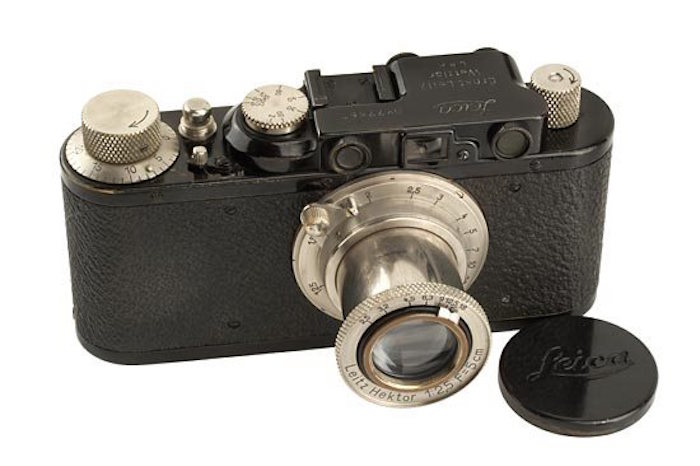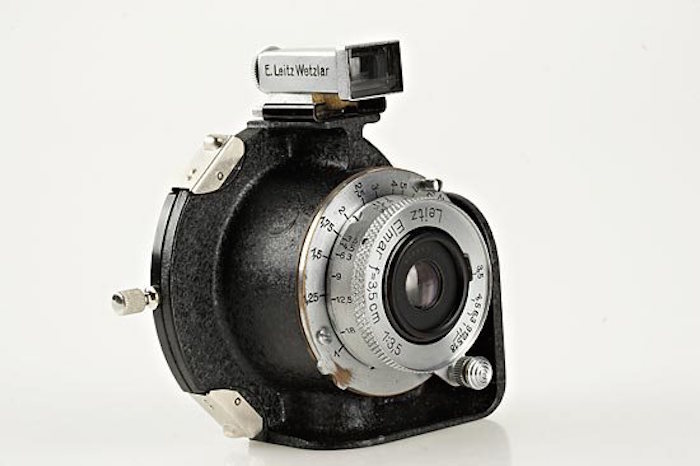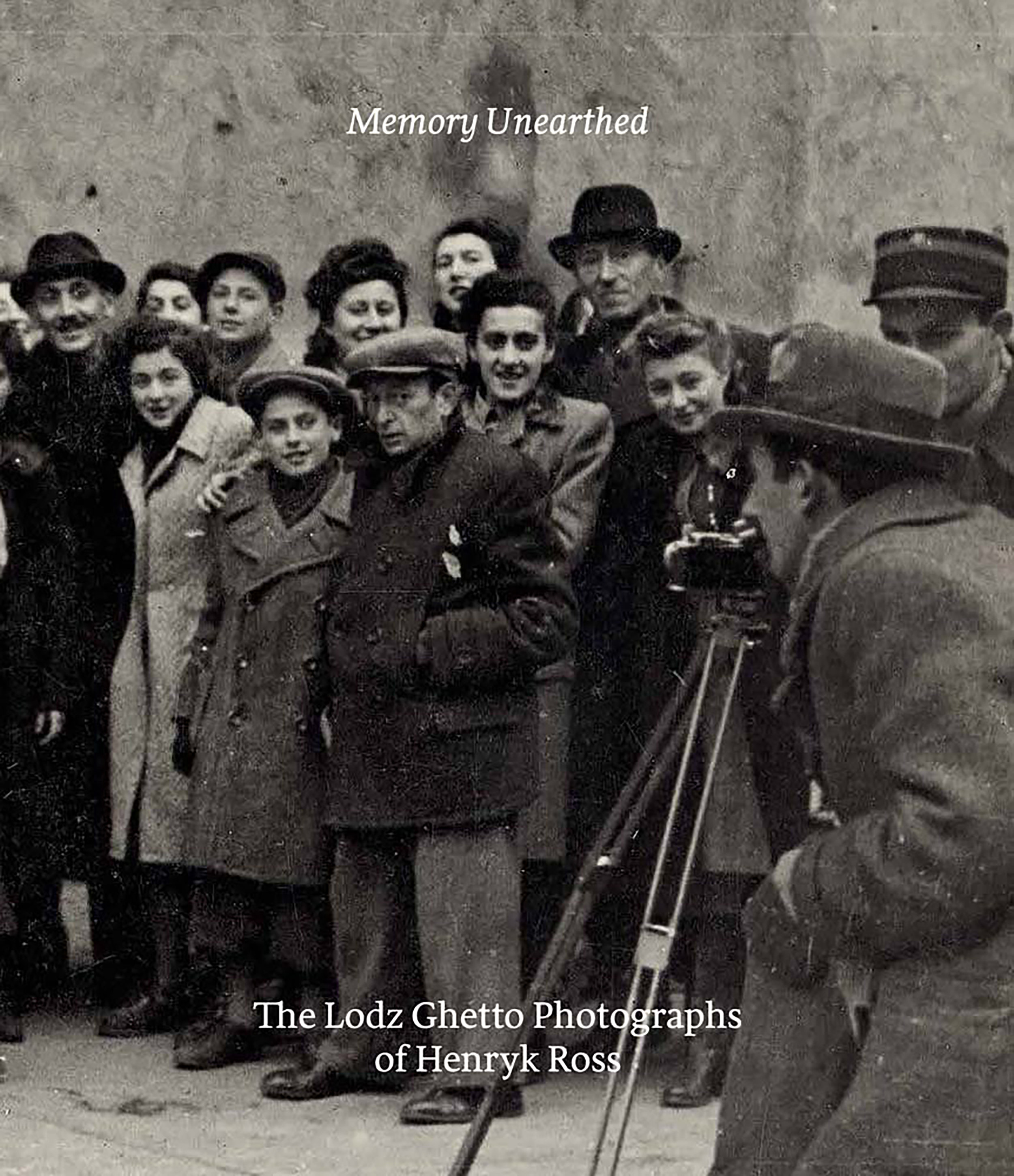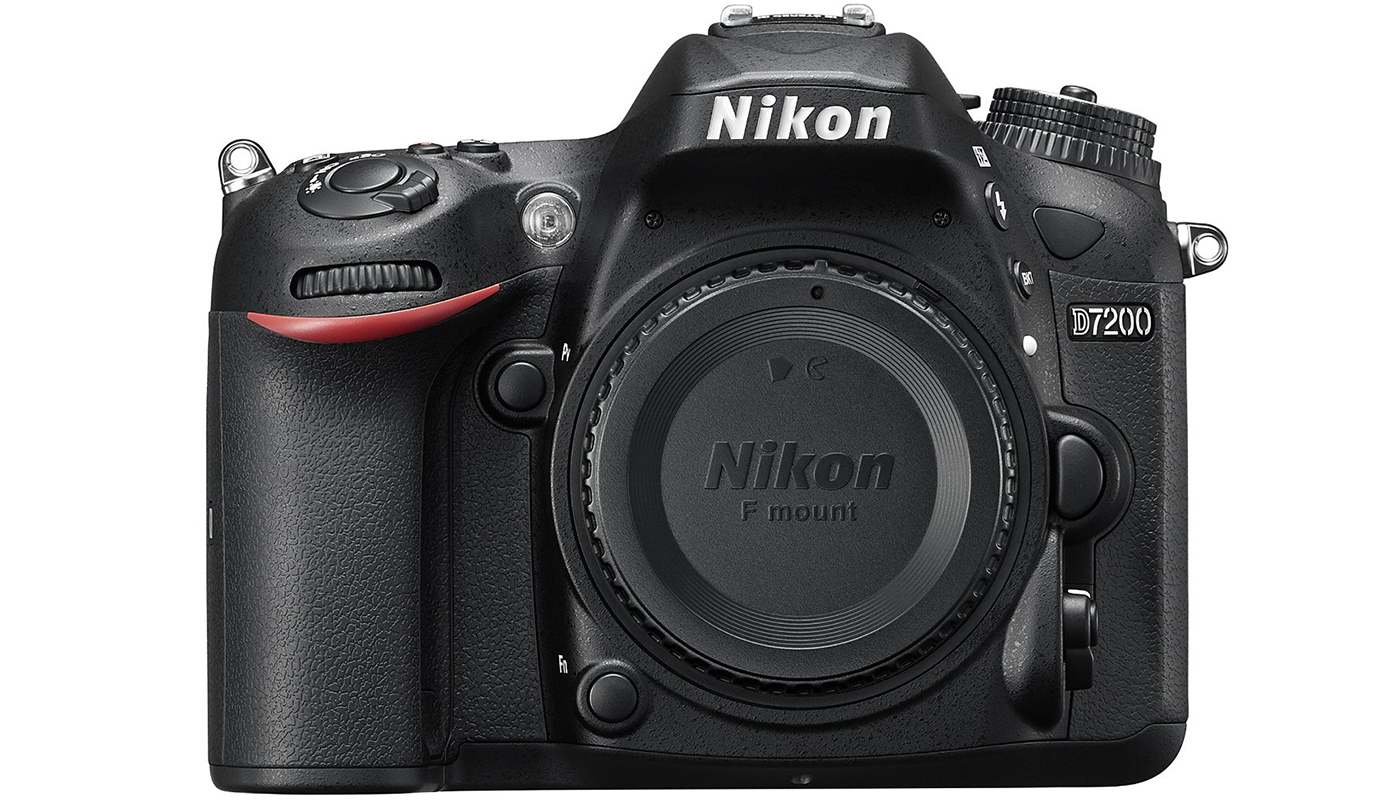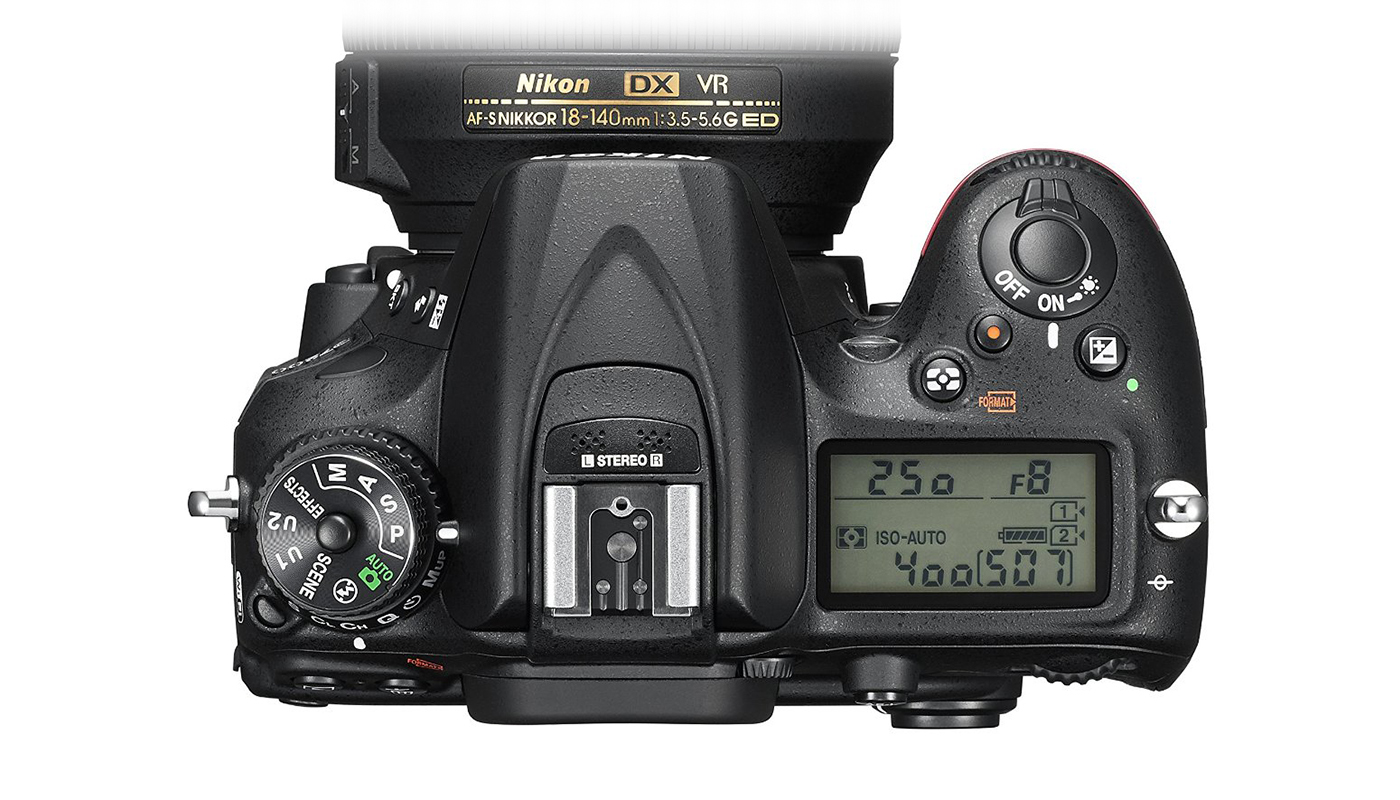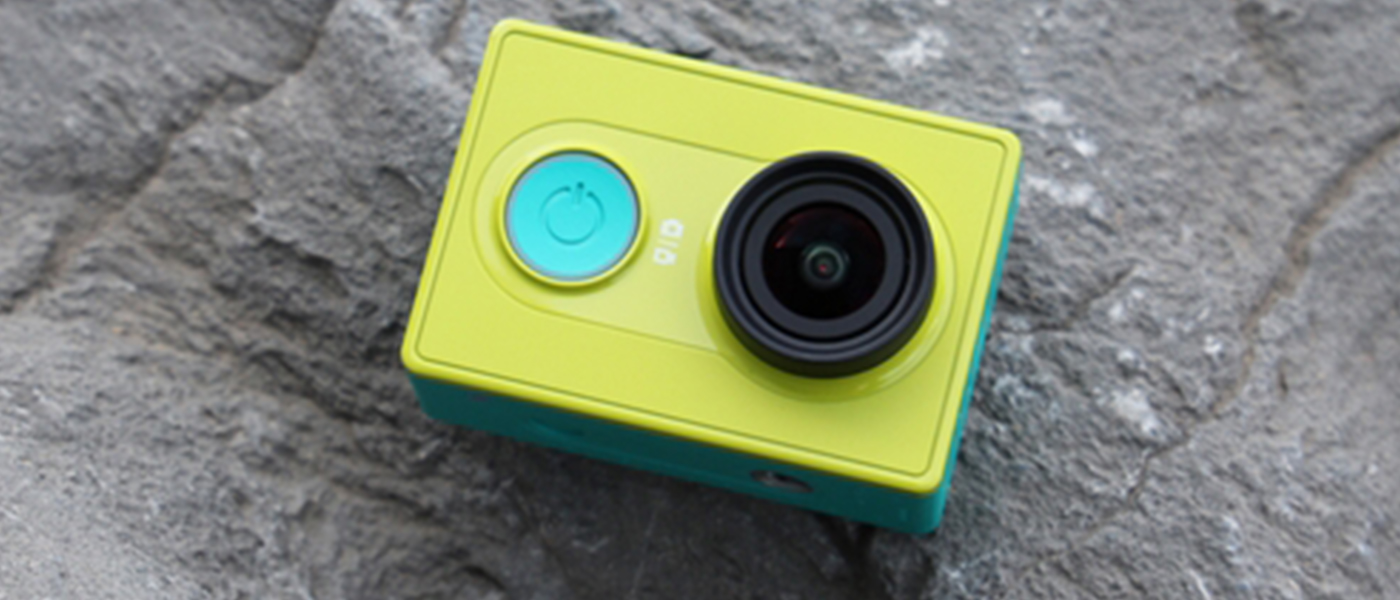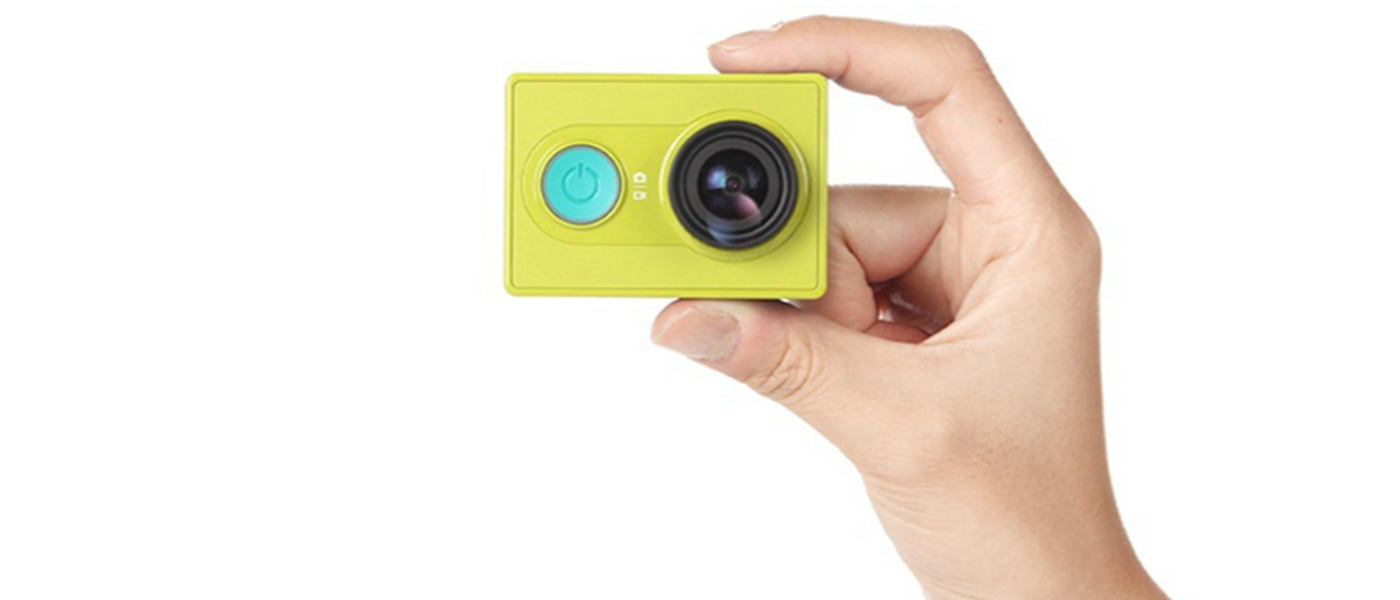YongNuo a longtime photographic equipment manufacturer out of Shenzhen, China has recently released the sub $70 YongNuo 50mm f/1.8 that has the photographic blogs pinging. This lens is a direct competitor and nearly a carbon copy of the 'Nify Fifty' Canon 50mm f/1.8. Let's see a collection of videos from different sources comparing the YongNuo 50mm f/1.8 vs Canon 50mm f/1.8.
YongNuo 50mm f/1.8 AF for Canon EOS | $68.99
Purchase | $68.99
Digital Rev TV 50mm Street Test
[embed]https://www.youtube.com/watch?v=hSRtxcxJ8TI[/embed]
Tony Northrup YongNuo 50mm Sharpness and Aberration Analysis
[embed]https://youtu.be/J_kVliB8TW4[/embed]
Yongnuo 50/1.8, Canon 50/1.8 II AF Sound Comparison
[embed]https://youtu.be/YGPQuzK9ZOI[/embed]
YoungNuo 50mm f/1.8 Unboxing
[embed]https://youtu.be/lI8XzkueVok[/embed]
YongNuo Making More Lenses? Can They Compete?
[embed]https://youtu.be/WGupxh0fkfY[/embed]
Conclusion
Reviews are pretty mixed, but the lens seems to sway just at the tip of the fence between good and bad. I have used several YongNuo equipment in the past, mostly flashes. The performance they gave me was excellent, and factoring in the $400 I saved over the Canon model, working with the flash was nothing but a joy.
It's interesting to me how much buzz this lens has generated for a savings of only $40. I can almost guarantee the next camera you purchase will have a promotion or price cut saving you at least $100 if you monitor the prices over a a few weeks. A much more substantial savings with no sacrifice other than exercising a little patience.
YongNuo 50mm f/1.8 is NOT for you if:
If you're at all concerned with the performance of the lens I suggest waiting till you have the extra money to purchase the Canon.
YongNuo 50mm f/1.8 is for you if:
If you like what you see and $69 sounds good, go ahead and purchase. If you have never used the canon 50mm version or other better known brands, well with nothing to compare it to you will surely be happy the results of the YongNuo 50mm lens. Only in context to its fellow higher quality competitors does it seem like a possible dud.









